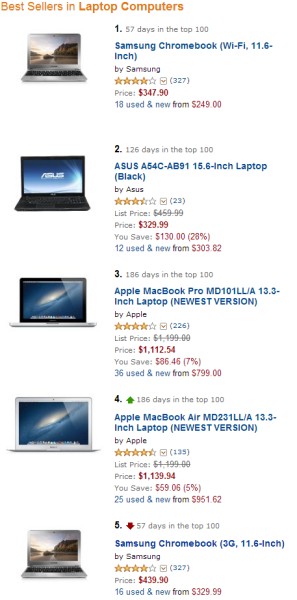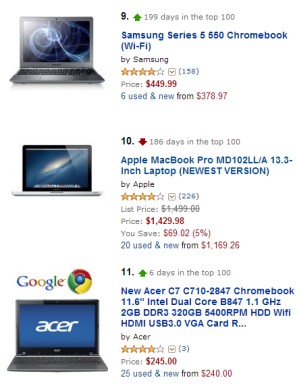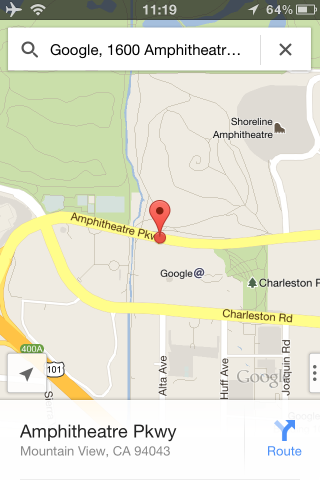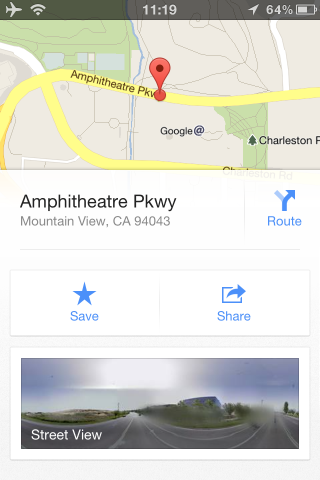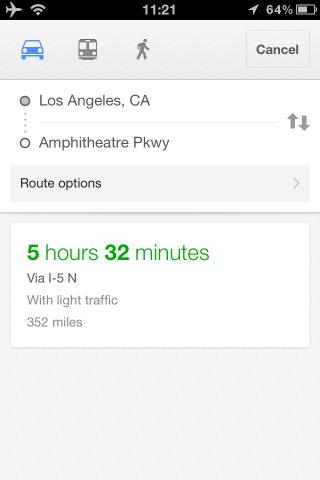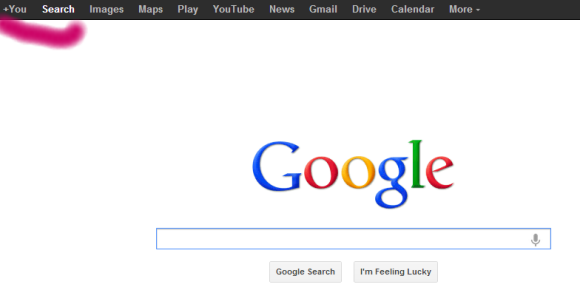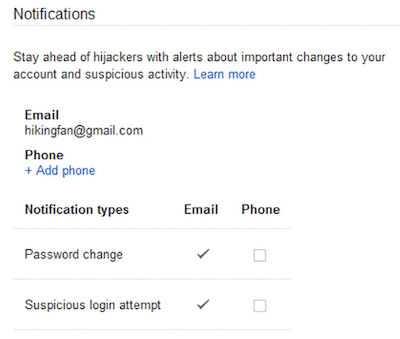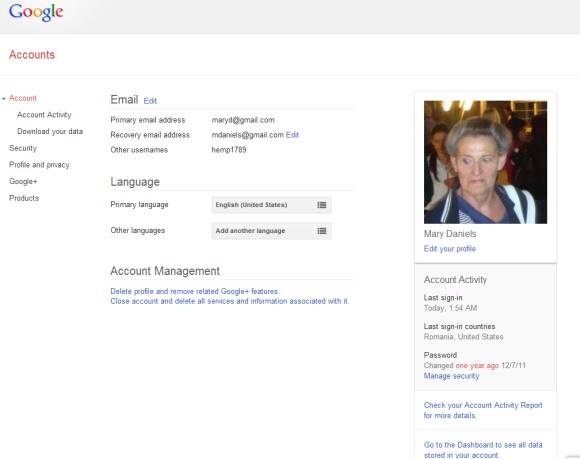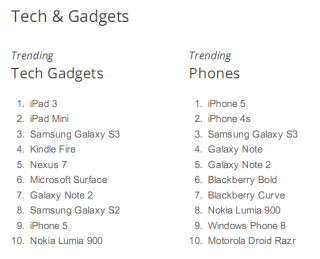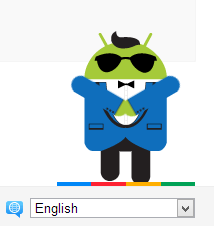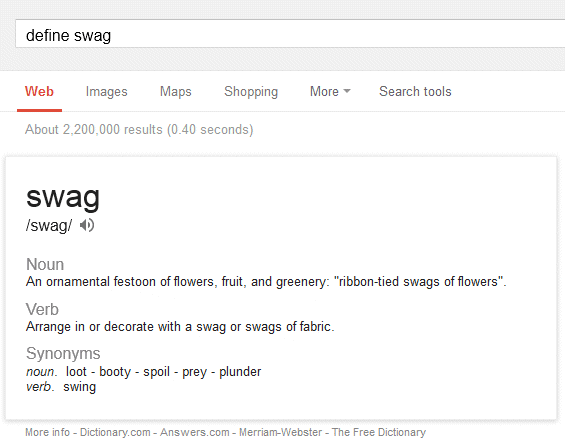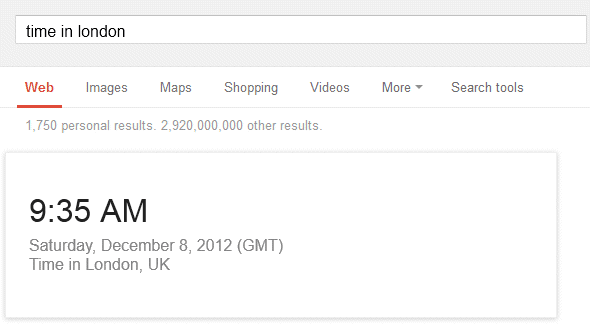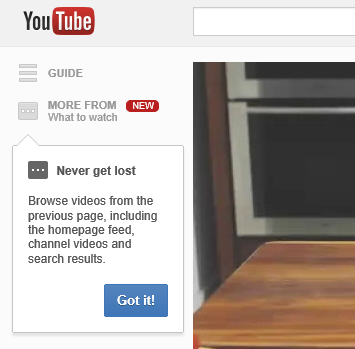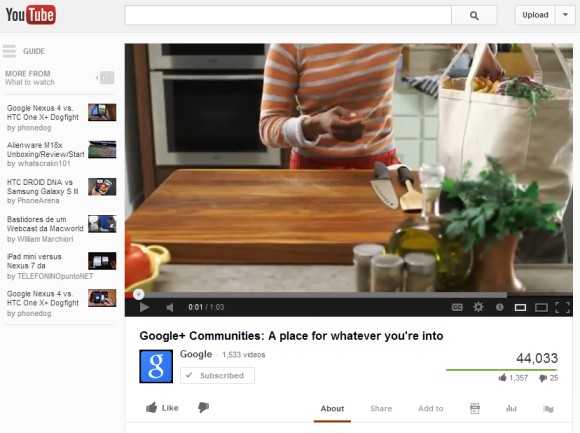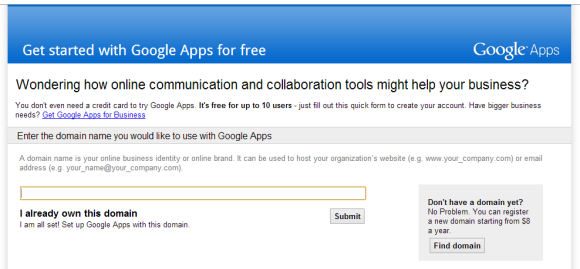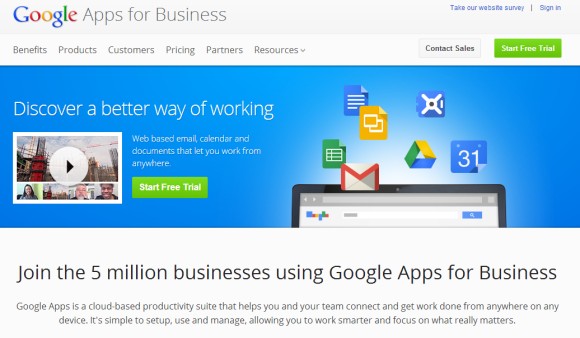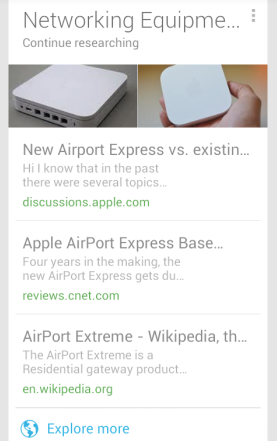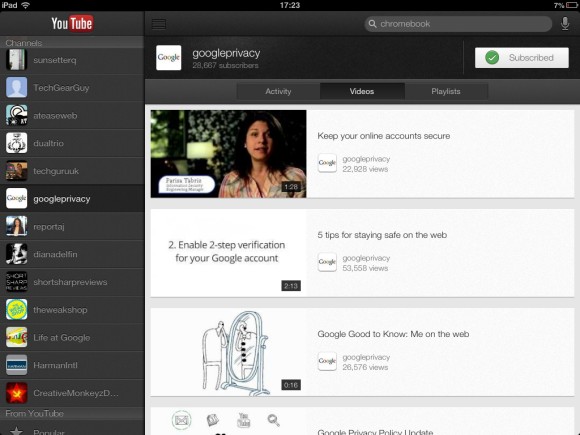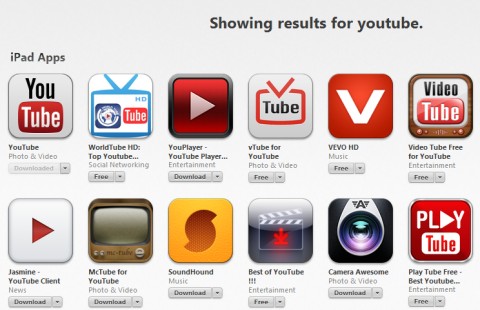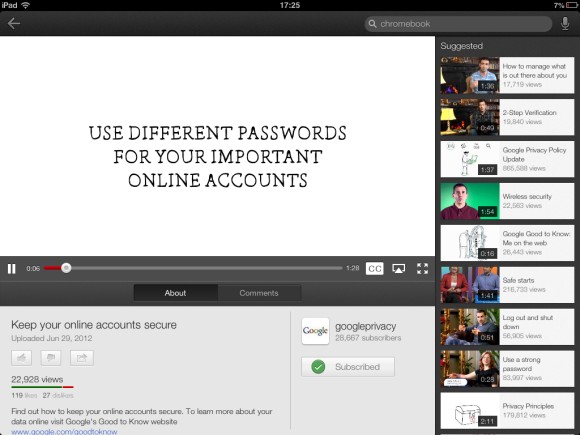After dropping support for the free Google Apps edition, Google continues to disappoint non-paying users. The sync service powered by Exchange ActiveSync will no longer be available for Gmail users and for free Google Apps users, but the existing connections will continue to work.
"Google Sync was designed to allow access to Google Mail, Calendar and Contacts via the Microsoft Exchange ActiveSync® protocol. With the recent launch of CardDAV, Google now offers similar access via IMAP, CalDAV and CardDAV, making it possible to build a seamless sync experience using open protocols. Starting January 30, 2013, consumers won't be able to set up new devices using Google Sync; however, existing Google Sync connections will continue to function. Google Sync will continue to be fully supported for Google Apps for Business, Government and Education," informs Google.
Three other services and apps will no longer be available: Google Calendar Sync (the download link has been removed, but the app continues to work for existing users), Google Sync for Nokia S60 (no longer supported from January 30, 2013) and SyncML (will stop syncing on January 30, 2013).
While Android owners aren't affected, those who use iPhones, Windows Phones and other mobile devices will have to rely on IMAP, CalDAV and CardDAV. Sure, they are standard protocols, Google doesn't have to pay licensing fees, but Google's implementation doesn't support push. If Apple's iCloud, Yahoo Mail and AOL Mail have push support, why can't Google add it? The Gmail app for iOS has push notifications, but some people might like to use the standard mail client.
If you've already enabled Google Sync on a device, it will continue to work. Unfortunately, you won't be able to enable Google Sync on a new device starting from January 30.
Best Xfinity Mobile plans in 2024
47 minutes ago
